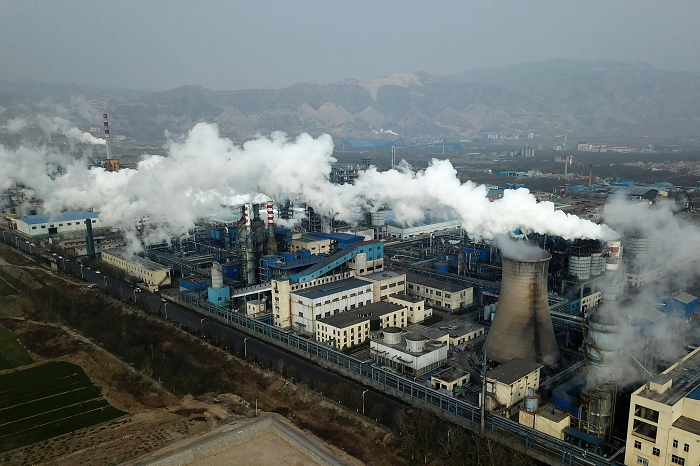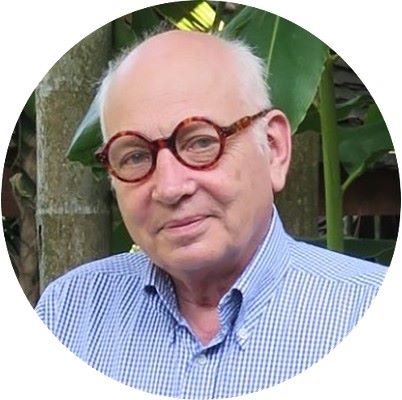The Hong Kong Research Institute of Textiles and Apparel (HKRITA) and Japan’s Seiko Epson Corporation have successfully developed a regenerated cellulose fiber with a silk-like sheen, using a new process that transforms waste cotton fabric into high-value textile material.
As global attention intensifies on textile waste, particularly in Europe where recycled fibers are being increasingly adopted, this innovation offers a promising solution. Since entering a joint development agreement in January 2024, HKRITA and Epson have been advancing fiber recycling technologies to tackle the growing environmental burden of discarded clothing.
The breakthrough comes from combining Epson’s patented Dry Fiber Technology, which mechanically defibrates waste textiles into a powder, with HKRITA’s solvent-based fiber-dissolution method. The process involves converting cotton fabric into a powder, dissolving it into a solution, and then reconstituting it into fibers using a wet spinning technique. This results in a regenerated cellulose fiber that is both silky in appearance and strong like cotton.
Designed for high-end applications such as scarves, neckties, and suit linings, the fiber also utilizes the short fibers typically discarded in similar processes thereby improving overall recycling efficiency.
“This collaboration reflects our commitment to addressing real-world problems through applied research,” said Jake Koh, CEO of HKRITA. “Working with Epson allows us to turn discarded cotton into high-grade yarns, opening up new possibilities for sustainable production.”
Satoshi Hosono, Executive Officer at Epson, stated, “The success of this project demonstrates how combining selective wet and dry processes can regenerate fibers from all types of cotton waste with reduced environmental impact.”
The new technology will be showcased at HKRITA’s booth (No. 2415) during the Textiles Recycling Expo 2025 in Brussels from June 4. The collaboration aims to accelerate global efforts in circular textile production.












